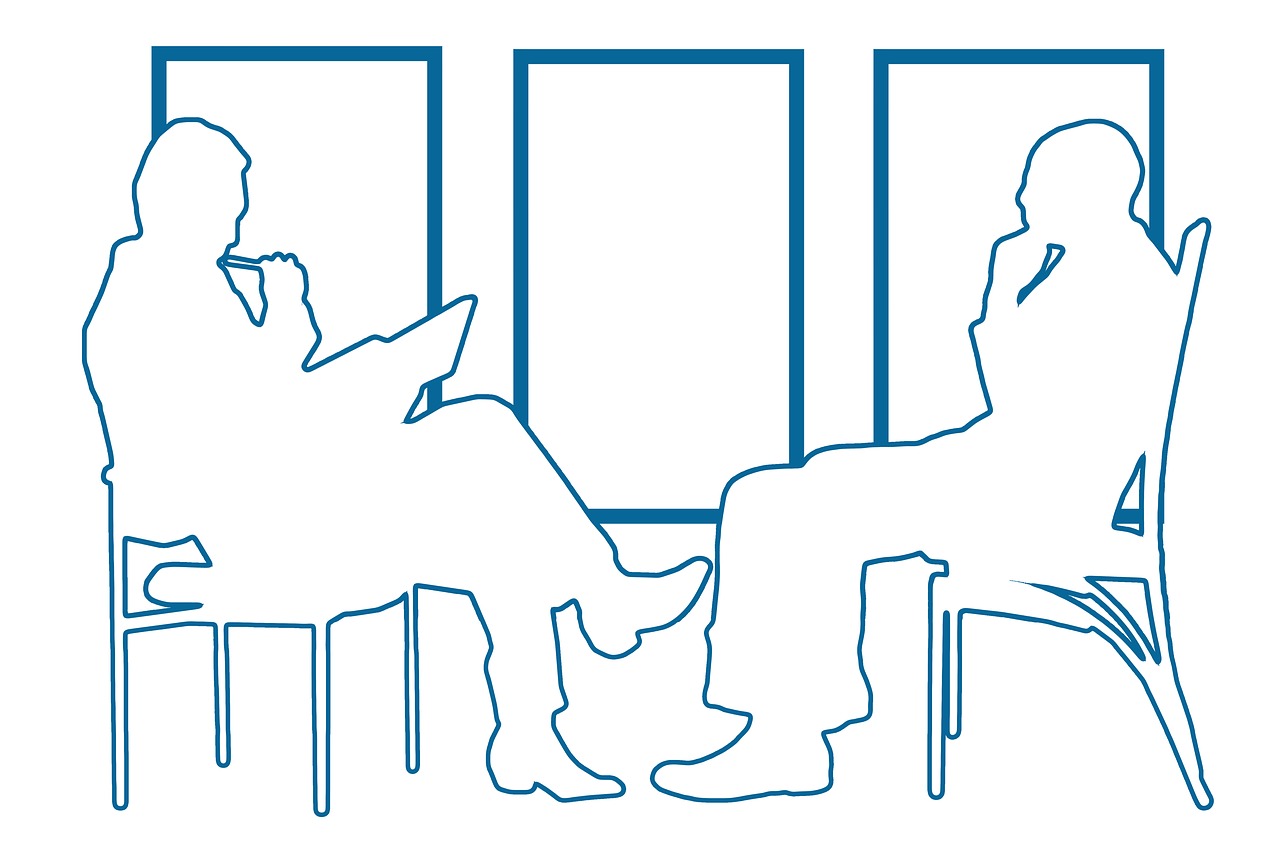
Interestingly enough, at this point, we at radsresident.com have published around 500 posts on all sorts of topics. Yet, I have never addressed why radiology might be the right fit for you. Strange. Well, better late than never!
Let me also direct you to my previous post on how I decided to go into radiology (which certainly was not a straight path!). As a supplement to this article, hopefully, it will allow you to understand that you can enjoy a specialty even though you may not know what you want to accomplish in your career yet!
Now, with all that background, we are ready to go through some radiology features that present unique reasons for new students to consider entering the field.
Intellectual Stimulation
If you like intellectual challenges, radiology offers more than most specialties. To this day, I remember presenting the topic of histiocytosis X (eosinophilic granuloma) as an internal medicine resident and hearing jeers from my general medicine colleagues because the disease was “too rare” for a presentation. Well, in radiology, we are all about the rare and unusual. That is what makes our specialty tick. We love our cases of eosinophilic granuloma, Henoch-Schoelin purpura, and more. For us, seeing all these zebras is not a burden but a reward. And, with the number of films that radiologists read in the tens of thousands per year, we are much more likely to see many of these rare birds than our fellow medical colleagues and specialists. Welcome to our world!
Flexibility- Business, Hours, Location, Etc.
Radiology has some of the most flexible working environments. If you want to work from home, you can. Want to read films from California yet live in New York? No problem. We can more easily work remotely than most other specialties. If you like late-night shifts, go for it. Or, if you want to own your practice, it is still possible. The world is your oyster and the flexibility and ways we can practice dwarf most other medical specialties out there.
As Much Patient Contact As You Want (Or As Little!)
We’ve got specialties like mammography, interventional radiology, radiopharmaceutical treating nuclear medicine physicians, and more for those who love to see patients. Yet, for every track with significant patient contact, several do not. And, when Covid-19 came around, some radiologists were as happy as a clam to sit on the sidelines. Others had the opportunity to become a central part of treating Covid patients. Regardless, all these possibilities can allow you to practice how you want without being drained by constant patient care or insufficient patient contact.
Lots Of Contact With Fellow Physicians
There is no doubt about it. We speak and consult with more of a smattering of all physicians than almost all other medical specialties. I talk to physicians in every subspecialty for cases I have read (even the occasional dermatologist and psychiatrist!). Most other specialties cannot boast about the wide range of medicine that we cover as we can.
You Don’t Have To Be All In (Like A Surgeon)
Radiology is one specialty that allows you to practice medicine without living and breathing daily. Unlike a surgeon who must be on all the time because of the hours and pressure, many radiologists can practice as little or as much as possible. I know many senior radiologists who read films a few days a week. Likewise, if you want, you can also work a ton. The opportunities abound!
Relatively Decent Compensation
OK. We may not make as much as some orthopods or neurosurgeons. But, we certainly make a respectable income compared to most other specialties. (Check out the Medscape compensation survey from 2020) Of course, that can change on a dime. But, as it stands now, we are in relatively good shape. If you compare the highest and the lowest-paid specialties, it has never been near the bottom!
Can Be Academic Or Non-Academic
Some medical specialties are conducive to either academic or non-academic medical practice. In ours, we have a choice. Want to become the “supersubspecialist” who writes tons of papers? Practice as a neuro-interventionalist or an academic pain medicine MSK radiologist, and you’ll have many opportunities to publish. Or, if you want to work as a generalist and never see a student again, go for it! In almost any radiological subspecialty, there are many opportunities to practice in either setting!
First Clinician Users Of High Tech
Finally, we often adopt new complex technologies before almost all the other medical specialties. Whether it’s artificial intelligence, new MRI contrast agents, better PET-MR equipment, and more, we usually get the privilege of operating these bad boys before anyone else gets a hold of them. And for the tech-savvy among us, it can be a dream come true!
Why Radiology?
Well, I think these reasons say enough about why radiology can be an excellent choice for you. Our specialty may be an ideal match if you like flexibility, intellectual stimulation, reasonable compensation, high tech, and many options. Think about it. And don’t let the primary care-biased medical school Deans sway you from pursuing this specialty if these are the career options that you want. As far as I know, you only live once!















